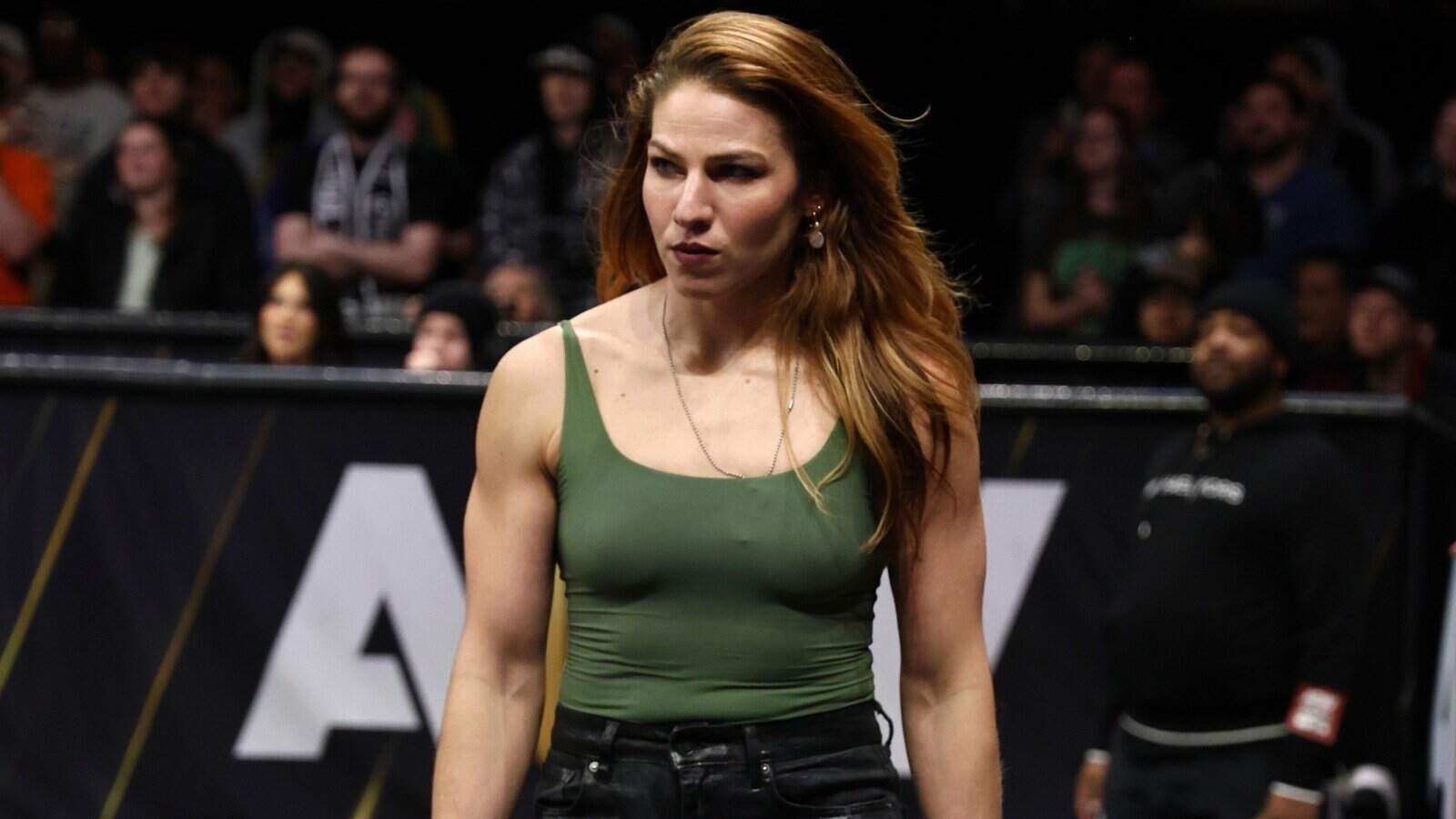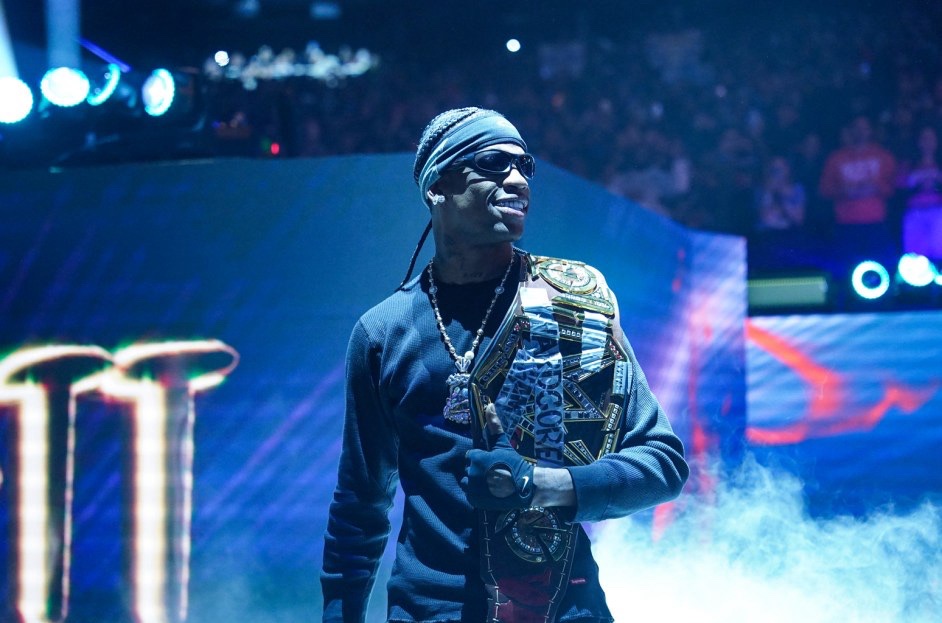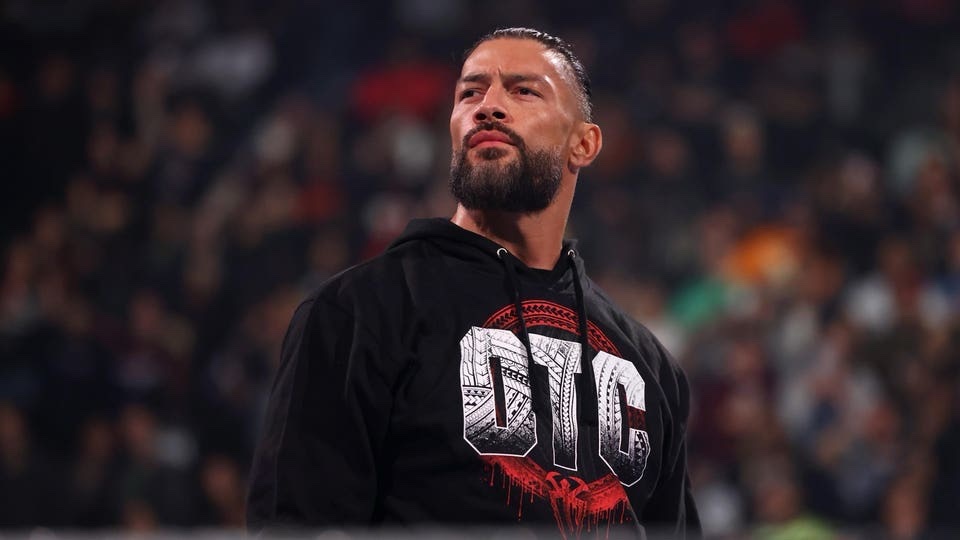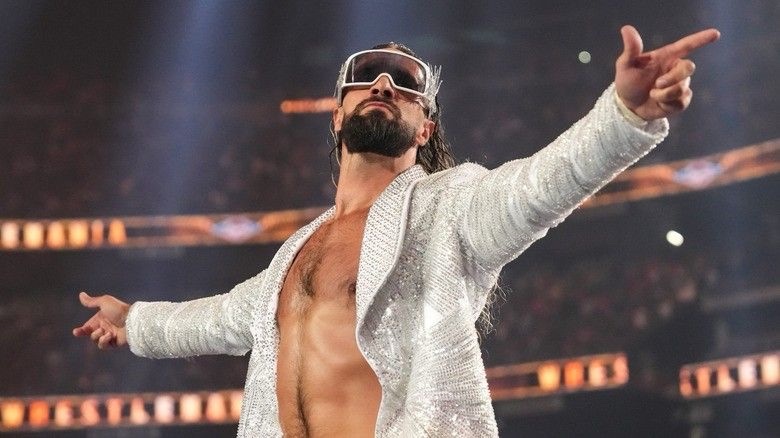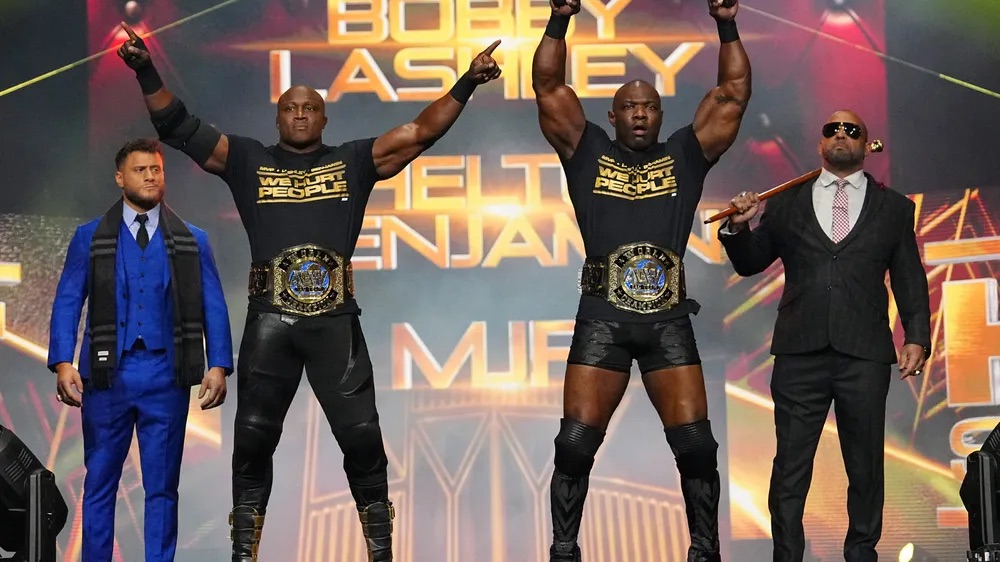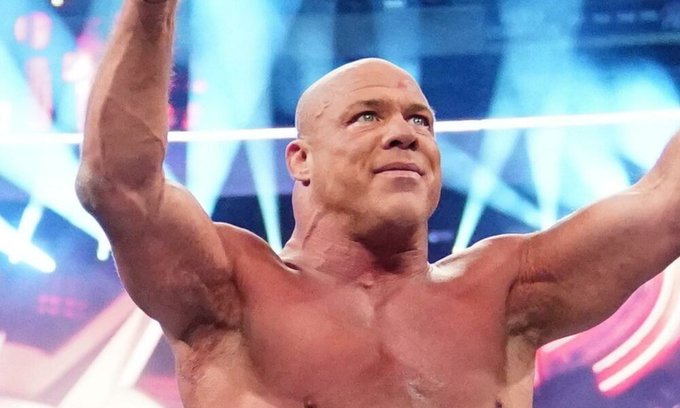
Deconstruction in pop culture challenges the status quo, what we’ve come to know of the most popular thing and twists it into something entirely different, challenging the ideas and methods presented.
Take the 1990s hit television series Twin Peaks for example, as it addressed the way television shows had been presented in the late 80s and turned it on its head, as the story kept on and on, where most episodes would’ve just simply ended. How about the 2009 film, (500) Days of Summer? It’s a wonderful movie, with many new viewers expecting a simple love story and a happily ever after set to the backdrop of cute indie rock music, only to find that two star-crossed humans just weren’t as emotionally and romantically attuned to one another and unsure about each other (and that that’s okay).
Of course, I would be a fool to not reference that which inspired the title for this article – Neon Genesis Evangelion – a deconstruction of 1990s anime that removed the standard for young protagonists that were always driven to fight off the bad and live their lives as normal, when in reality, these youngsters would be traumatized by the horrors that defy humanity, as the story questioned and tossed many philosophical ponderings as to what it means to be human and to be flawed. It absconded with what anime fans were used to, and threw in something new.
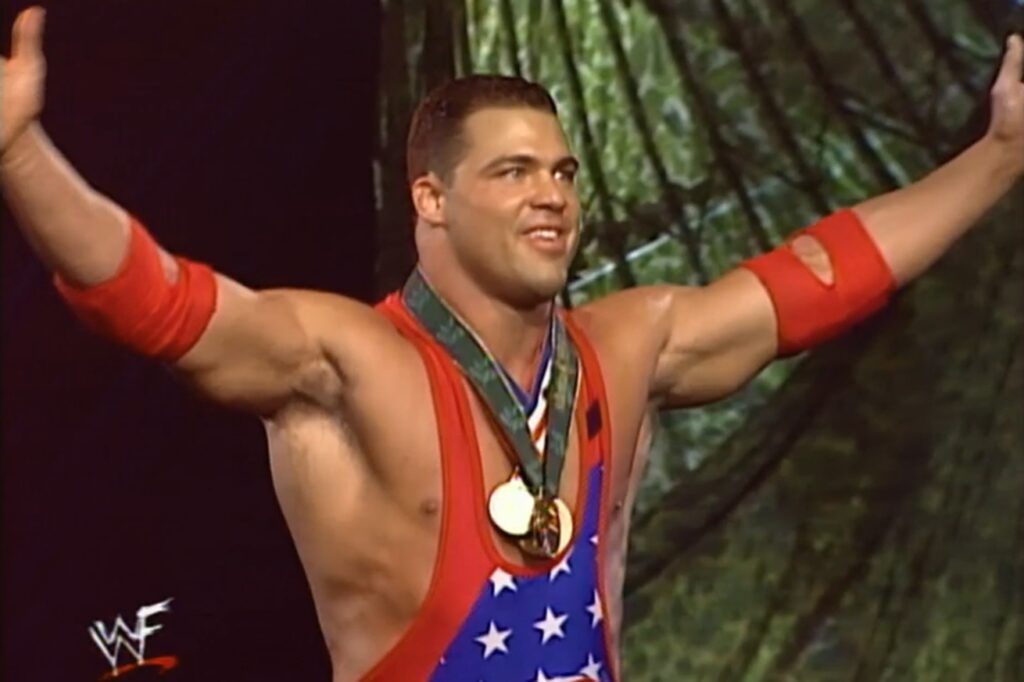
The deconstruction of what is supposed to be a constant became initialized as a variable with the kayfabe story of Kurt Angle. He flew in the face of the trending revolution in professional wrestling in the height of the Attitude Era. By then, the boring old grandpa wrestling style was starting to fade, with technical wrestlers, brawlers, high-flyers, and extreme fighters defying what we thought humans could do – which in and of itself, this changing style was a deconstruction of the ever-changing storytelling medium of professional wrestling. So, wouldn’t that make Kurt Angle a deconstruction of a deconstruction? I digress.
In the autumn before the new millennium, the WWF began airing vignettes where Kurt Angle preached squeaky-clean philosophies and activities, keeping in-line with conservative PSAs of the time and speaking in pure American pride. This was a patriot, this man represented America on a massively huge level – THE Olympics. Fans didn’t really know what to expect, but whatever, let’s have Steve Austin, DX, and The Rock.
On November 14, 1999 in Detroit Michigan, the Olympic wrestler stepped into a WWE ring, on a live pay-per-view event in an official debut as he donned a singlet across the ring from Shawn Stasiak. The crowd gave it a fair chance, something that could give Shawn’s name a little cred as he faced an outsider of a different sport. Commentary made a big deal of him, that his father was the great former WWWF champion, Stan “The Man” Stasiak who could send opponents into cardiac arrest with his patented Heart Punch. Kurt Angle came out to fanfare and praise for his 1996 Olympic Championship glory and the music that would become synonymous with him – Jim Johnston’s “Medal”. Then, they locked-up. The match continued, and the audience made it clear they did not like what they were seeing.
Then, something amazing and weird happened.
Mid-match, amidst boos, chants of how boring the match was, and possibly about the local hockey team, the Detroit Red Wings (go sports), Angle exited the ring and stomped to the commentary booth, voicing his displeasure over the disrespect – “You do not boo an Olympic gold medalist!” before returning to the ring and dismantling Stasiak before getting the massive win upon his first match in the company.
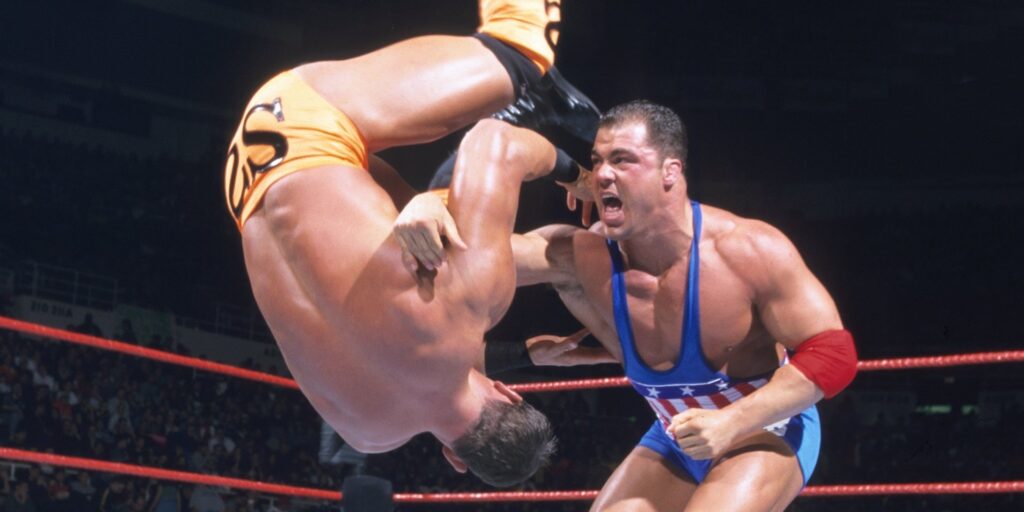
Kurt was something different, as he continued wrestling with that Olympic style, mixed with the catch style, grounded and mat-based skill, becoming a phenomenal technical worker in the process. Like him or not, he caught on to the business incredibly quickly.
Trusted to go along with the biggest name in the company, Kurt excelled at playing his part in the stories, whether it was helping get over the debuting Taz or shoveling potholes on the roads that The Rock and Triple H were on, the Olympian executed his role to the fullest, with many a suplex and ankle lock. The thing about Kurt is that he was genuinely funny, designed to have comeuppances, and look incredibly good while doing it. His stock was not hurt at all, because he could back up his pedigree. I’m basically drowning water with more water here, we know he’s great, we know how he took to the business.
But, he just kept deconstructing what we knew of him. Soon, those grounded styles were met with aerial maneuvers, where he would either soar or fall from heights, partaking in gimmicks that were not that which would have normally suited an athlete of his caliber. Rather than become an imitation of that which he stood in the face of, it added to his arsenal and increased his storytelling ability, and no better was this seen than his feuds with Brock Lesnar, Eddie Guerrero, and Shawn Michaels, where he began to eschew the comedic aura that he had and showed there was something real there. He had something to fight for, whether he was morally right or not.
This was when he shed the life of his character and became the machine, the mid-2000s.
Whereas he would have been good for a laugh or two, he became scarier, to the point he was a threat to those bigger than him like Undertaker and Mark Henry. There was a rage to him, something violent and reckless and where he shone as time went on, not just in WWE, but in TNA, bringing everything he had in him to be a monster.
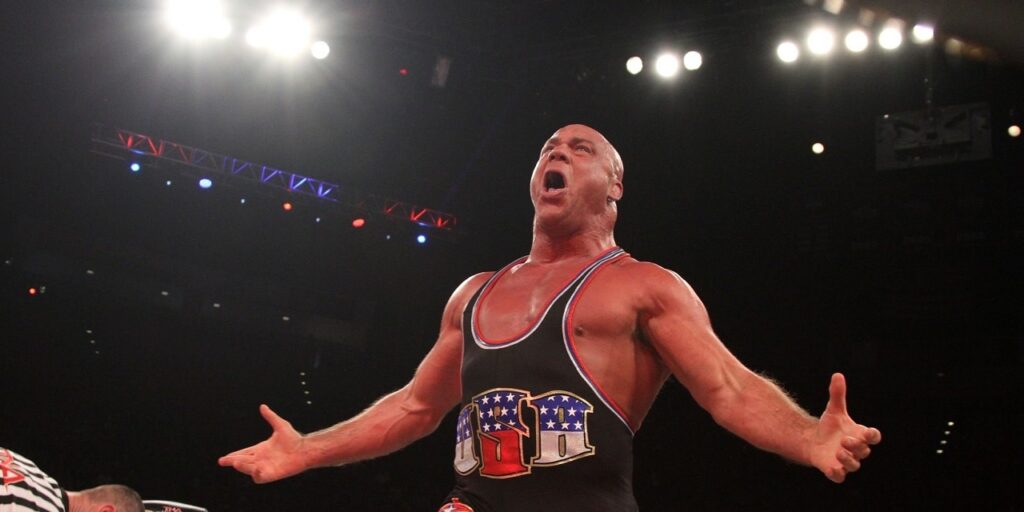
While I think that mat-based wrestling and technical wrestling could have been fine without him, I’m not sure if we’d get there the same way. While audiences began favoring the crazy styles that WWF and WCW adopted from ECW, a place Kurt ironically denounced in 1996, there would have been that missing ingredient. Instead of a plucky hero or dastardly villain, it took an absolute goofball presented as a goody two-shoes to become someone memorable, with a charisma and character the likes of which we don’t come across too often. That’s the power of Kurt Angle.
That which we are conditioned to expect or anticipate can be flipped on its head, keeping things fresh and providing something new – it’s how things grow. This evolution of fiction laid bare and exposed, picked apart, and the thread of progress is spun with the flax of human ingenuity, where creativity thrives. While the unknown is a wholly terrifying thing, sometimes it can be exciting.
While Kurt Angle may be remembered for his workrate, his comedic timing and personality, and the stories he was involved in, I will always remember him alongside these things as a man who was so creative with what he was given and making it something that changed the business.
In a time where everyone brought something to the table that combined stereotypical roles perfectly, Angle stood out as something that should not have been, yet was.
Though I didn’t understand his genius at the time as a child, he was no less captivating for it. He drew the eye and did his job in making me believe and wanting to see if what was meant to come for him, comes to him. Who I thought was bland and boring and not as cool as the wrestlers I’d see every week, changed into something that was ahead of its time while being a fragment of the past and a piece of the outside.
While there are endless wrestlers that I wished I could’ve seen him locked up with, I’m just glad I was around for the times that he excelled beyond the limits of what he was supposed to because talents like him are once, maybe twice in a lifetime. I know this to be true.
It’s damn true.

